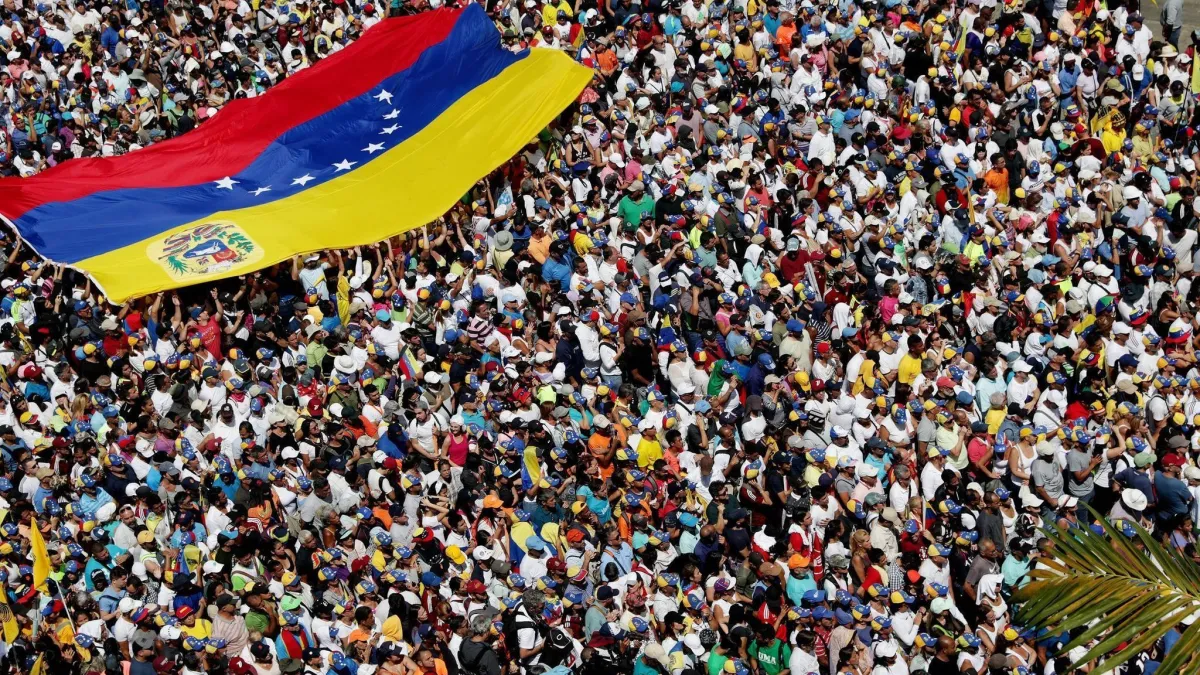

On December 31, 2019, the Wuhan Health Commission reported cases of unexplained pneumonia in the city of Wuhan (China). The patients had high fevers, some had difficulty breathing, and chest X-rays showed signs of severe pneumonia in both lungs. Quick tests for common causes of pneumonia (e.g., flu, respiratory viruses, etc.) were all negative. Once again, local health authorities were dealing with an outbreak of an unknown virus causing severe pneumonia. Laboratory investigation quickly identified a new Coronavirus, temporarily called 2019-nCoV, that appears to have come from an animal source. It is suspected that this virus jumped to humans who visited the Hua Nan Seafood Wholesale Market in the city of Wuhan where wild animals are slaughtered. The number of people infected with this virus grew quickly in just 10 days from the initial 41 patients to 500+. The number of deaths also increased from 3 to 17.
So what does that actually mean? According to the WHO:
“The term Public Health Emergency of International Concern is defined in the IHR (2005) as “an extraordinary event which is determined, as provided in these Regulations:
Constitutes a public health risk to other States through the international spread of disease; and
Potentially requires a coordinated international response”. This definition implies a situation that: is serious, unusual or unexpected; carries implications for public health beyond the affected State’s national border; and may require immediate international action.”
 The virus causes a respiratory infection that ranges in severity from mild symptoms typical of the common cold (fever, runny nose, cough) to severe pneumonia, difficulty breathing and sometimes death. Elderly persons, especially those with pre-existing medical conditions (diabetes, high blood pressure, cardiac illness) are more at risk of developing a serious illness.
The virus causes a respiratory infection that ranges in severity from mild symptoms typical of the common cold (fever, runny nose, cough) to severe pneumonia, difficulty breathing and sometimes death. Elderly persons, especially those with pre-existing medical conditions (diabetes, high blood pressure, cardiac illness) are more at risk of developing a serious illness.

Direct flights from Wuhan courtesy of flightconnections.com
Initially, the virus is thought to have infected persons working in or visiting the Hua Nan Seafood Wholesale Market where live animals are slaughtered in the city of Wuhan. However, the rapid spread of the virus confirmed that human person-to-person spread is occurring. Person-to-person spread occurs through close contact with ill persons who generate aerosols of the virus through coughing and sneezing. The virus that is suspended in the air is then inhaled by a healthy person.
At the present time, it’s hard to tell. The severity of a disease outbreak can be boiled down to how fast it spreads and how much damage it does. For example, mortality rates, hospital overloads by sick persons, cancellations of conferences, airlines losing business, and so on. Let’s focus on the spread and mortality rates for simplicity.
We have two other epidemics of coronaviruses to consider. The Middle East Respiratory Syndrome (MERS) outbreak is continuing in Saudi Arabia, but only sporadic cases have occurred in a few other Middle Eastern countries. However, the MERS virus has a high death rate of about 35%. On the other hand, the SARS (Severe Acute Respiratory Syndrome) outbreak did spread to many countries, but it was not very efficient in person-to-person spread and most of the transmission occurred in health care settings. In this outbreak, even though the virus wasn’t efficient at spreading, it did make it to other countries because there was a lack of awareness at the time. The mortality rate for SARS was roughly 14%.
This current outbreak is dynamic and evolving very quickly. It is difficult to predict if it will become a worldwide pandemic, but that possibility exists. Much will depend on whether or not the infected international travellers generate secondary cases in their home countries.
The World Health Organization (WHO) calculates a statistic called “R0.” It is an indicator of how quickly a virus can spread from person to person. If R0 is equal to 1 then only one other person will be infected and the epidemic will not group. If R0 is less than 1, then the person doesn’t infect anyone, and the epidemic dies out. However, if R0 is greater than 1, then the epidemic will grow.
For this coronavirus, the R0 is currently estimated at 1.4-2.5, meaning the epidemic could grow at an exponential rate. ie., 1 person infects 2, then 2 infect 4, etc.
In addition, the mortality rate is currently 2-4%, but this number is based on the cases that have been currently reported. That said, there could be many more people that are carrying the disease with mild symptoms who might not seek medical attention and therefore be recorded. If so, then the mortality rate could be far less. At the present time, it’s better to say that public health officials just don’t know yet.
As you can see, the rapid change in this outbreak combined with the number of unknowns makes it hard to say today if this outbreak is any worse than others.
Clearly, the animal markets in the city of Wuhan are high-risk locations. However, the extent of the spread of the virus is not well defined since there is probably an unknown number of persons in the city of Wuhan and Hubei Province who may be incubating the disease prior to becoming ill. It is also not known if the individual cases identified in other countries will start mini-outbreaks where they are. Given many uncertainties, travel to Wuhan, Huanggang, Ezhou and Chiba in Hubei Province should be avoided since those cities are closed to travel outside the cities.
WHO and multiple other countries, e.g., the United Kingdom, and the U.S. are recommending international travel restrictions, advising their citizens to avoid unnecessary travel to China.
Many international airports in many countries have initiated measures to screen incoming passengers on direct flights from Wuhan or indirectly from China to detect ill persons. These measures vary from place to place but often involve scanners to detect persons with fevers and requirements to complete questionnaires. These additional measures may cause some delays at some airports.
While ill passengers may be detected through these measures, they have some limitations since they will not detect a person without symptoms who is incubating the virus and who will become sick at a later date.
First and foremost, avoid high-risk areas. Until more details are available, the WHO, the US Centers for Disease Control and Prevention and other countries have issued the following general advice for travellers to reduce the risk of infection by this virus while travelling in or from affected areas (currently Wuhan City):
 There are pictures of many people wearing surgical masks – which are the kind you think of when you imagine a doctor wearing a mask. Will these protect you from infection by this respiratory virus? Not likely. The size of the virus is so small that it can easily be inhaled through the pores of the common surgical mask.
There are pictures of many people wearing surgical masks – which are the kind you think of when you imagine a doctor wearing a mask. Will these protect you from infection by this respiratory virus? Not likely. The size of the virus is so small that it can easily be inhaled through the pores of the common surgical mask.
That said, if you’re already sick, a surgical mask will help prevent you from transmitting the disease to others when you cough and sneeze because in this case, the mask stops you from spraying the virus into the air in the first place.

For good protection, a special mask called an N-95 mask that has very small pores can be very effective. However, the mask must be fitted to the user by a well-trained person familiar with the uses of the mask. In other words, it is not very practical for mass use.
At some time, somewhere, there will be another global pandemic and we will be in a race against time when every second will count to try to contain the impact. In the coming weeks and months, we will learn if this new outbreak will have devastating consequences. Please see our other page for a continually updated summary of events as the situation evolves.